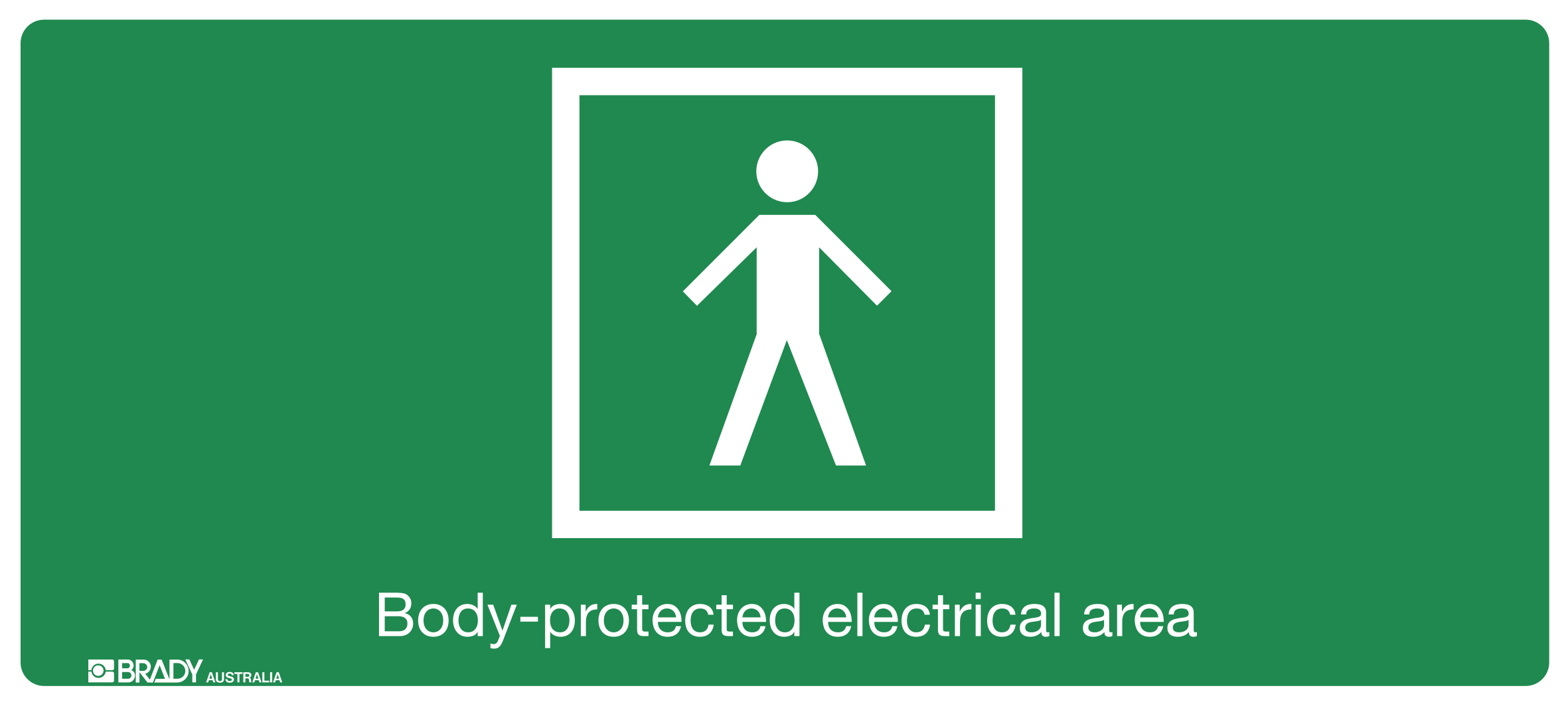- Call Us
1300 29 35 32 - Email Us
sales@cwelecautomation.com.au

In Australia, the safety and well-being of patients and staff in healthcare facilities are of paramount importance. Ensuring that electrical systems in body protected areas (BPAs) adhere to stringent safety standards is crucial to providing a safe and efficient healthcare environment. In this blog, we will explore the significance of electrical services in BPAs and how they must comply with Australian Standards 3003 to guarantee the highest level of safety.
Understanding Body Protected Areas (BPAs)
Body Protected Areas, as defined by Australian Standards 3003, are those parts of medical locations where patients are in direct contact with conducting parts of electrical medical equipment. These areas must adhere to specific electrical safety guidelines to protect patients and healthcare personnel from electrical hazards.
Why Compliance with Australian Standards 3003 Matters
- Patient Safety: The primary goal of Australian Standards 3003 is to ensure the safety of patients and staff in healthcare facilities. Compliance minimizes the risk of electric shock or injury, which is especially critical in medical settings where patients may be vulnerable.
- Electrical System Reliability: Adhering to these standards ensures that electrical systems are designed, installed, and maintained to function reliably. Downtime or electrical failures in medical equipment can have life-threatening consequences.
- Legal Requirements: Compliance with Australian Standards 3003 is not just a recommendation; it is a legal requirement. Healthcare facilities are obligated to follow these standards to avoid legal consequences and ensure patient safety.
Key Components of Compliance with Australian Standards 3003
- Design and Installation: Electrical systems in BPAs must be designed and installed by qualified professionals who understand the specific requirements of healthcare settings. These systems must incorporate safety features, such as earth leakage protection, to prevent electrical faults.
- Testing and Maintenance: Regular testing and maintenance are essential to ensure the ongoing safety and reliability of electrical systems in BPAs. This includes testing earth leakage protection devices and other safety mechanisms.
- Documentation: Detailed documentation of the electrical system’s design, installation, and maintenance is crucial. It provides a record of compliance and helps in troubleshooting and future upgrades.
- Training: Healthcare personnel should be trained to recognize potential electrical hazards and respond appropriately. Training ensures that staff can take quick action to protect patients in case of an electrical fault.
- Emergency Procedures: Australian Standards 3003 also specify emergency procedures in case of electrical incidents. Healthcare facilities must have clear protocols in place to respond to electrical emergencies swiftly.
The Role of Qualified Electricians
Compliance with Australian Standards 3003 requires the expertise of qualified electricians who specialize in healthcare electrical systems. These professionals understand the unique challenges and safety requirements of BPAs and can design, install, and maintain electrical systems accordingly.
Conclusion
Ensuring that electrical services in body protected areas comply with Australian Standards 3003 is vital for the safety of patients and staff in healthcare facilities. By following these standards, healthcare providers can minimize the risk of electrical hazards and create a secure environment for medical treatment. Compliance not only fulfills legal obligations but also reflects a commitment to patient safety and well-being. In the ever-evolving healthcare landscape, staying up-to-date with the latest standards and technologies is essential to providing the highest level of care.
